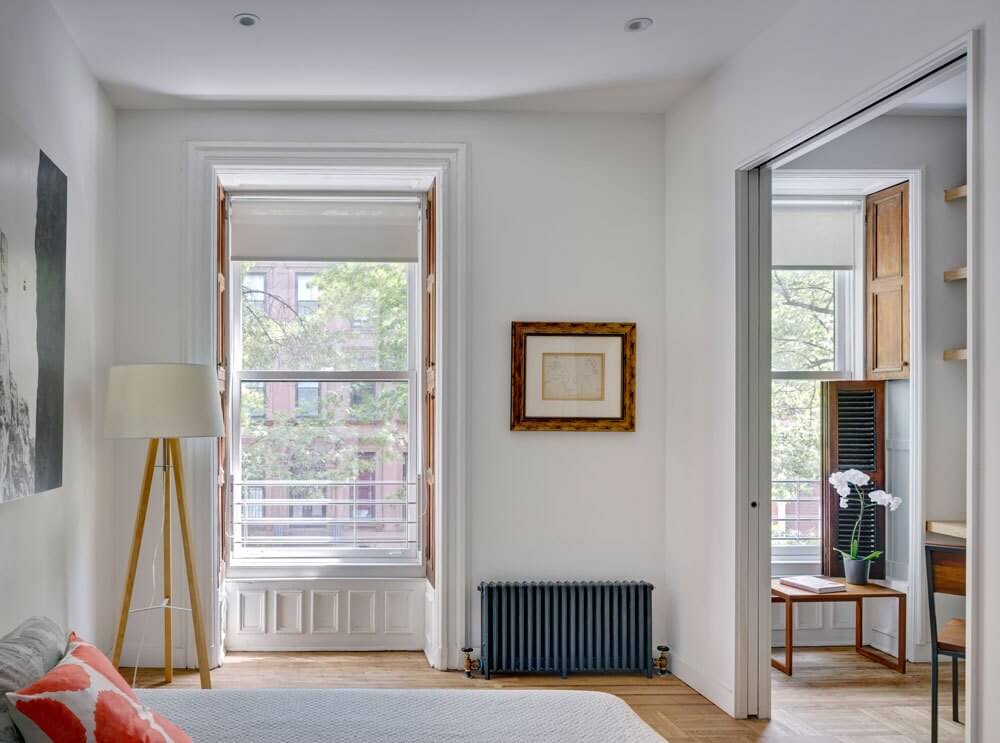Removing A Radiator From A 3rd Floor Home

Our team can help with radiator replacement services here in london.
Removing a radiator from a 3rd floor home. You ll often find there s a little water pooled at that end which you need to drain before you lift the radiator otherwise it will spill onto the floor. The advantage of steam is that it flows through the pipes under its own pressure. In this clip you will learn the essential steps you need to take to remove a radiator from a central heating system and cap off the thermostatic valve this is important as it is. Not only are radiators heavy but they also have attachment.
It is usually installed with clips or brackets on the wall so you must remove it entirely if you want to repaint the room. Renovating or remodeling an older home often requires you to move a radiator out of the way of your project or to a new location. In preparation for my timing belt service i walk you through the steps to remove the radiator from your 3rd generation toyota 4runner. How to move a radiator.
A steam radiator was the heating system of choice prior to the 1950s. Usually when the pressure drops and air seeps into the radiator on the top floor and the supply is at the top the flow stops and the radiator is cold. Today we explain how to remove a radiator without draining the system down. A radiator circulates water to provide heat in a room.
Removing the old radiator 1 turn off the flow control valve by hand and the lock shield valve by turning its spindle with pliers. If you have a broken or faulty radiator that needs to be replaced or are getting rid of the thing altogether check out this clip from the ultimate handyman. How to remove a radiator for decorating. Remove the radiator lift the radiator slightly up and away from the brackets and walk back a couple of steps keeping it level then transfer it to the storage area you ve prepared for it.
Removing a steam radiator is not difficult as long as you remember to release the pressure first. Mine is a 1998 with t. Well now i know its not quite that simple. If the boiler was vented into a chimney and you plan to install a direct vent furnace you may be able to use the chimney as a vent chase to the attic for the ducting for the second floor.
However one day you might find yourself in a situation where you d have to remove. Once the removal of the furnace has taken place the duct work will be installed in the basement between the joists and around the perimeter of the attic above the second floor. I m sure eventually if pressure.



















